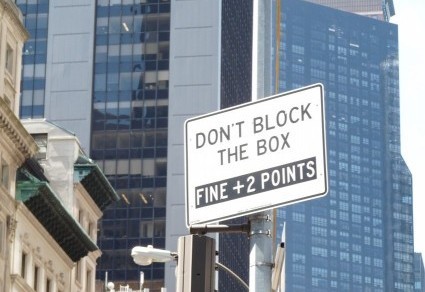Does anyone study geography these days? Judging from the photos below, no. Or maybe the world has simply gotten a lot more interconnected than it used to be.
First up is a package my friend Priscilla spotted in an iconic New York City grocery store:

Perhaps the label should read “Produit du Pérou.”
Moving on: This poster advertises French Fries (no surprise there, except for the capital letters), along with Poland Water and Chicken Tundra.

I did a little research and confirmed what I suspected: Poland does indeed have water and probably can spare some small bottles. However, places classified as tundra generally aren’t associated with chicken coops. I mean, arctic chickens? Someday, maybe, if the climate continues to warm. (Don’t ask me about Tune Melt. I can’t deal with defrosted music today.)
This menu item features an ingredient from France by way of Voltaire:

I like my ginger candide, don’t you? I just hope it hasn’t been sitting in the cupboard since the Enlightenment.
By the way, the subtitle of Voltaire’s novel Candide is The Optimist. Let’s hang onto that and pretend that the world — and its geography — will sort itself out someday.


























